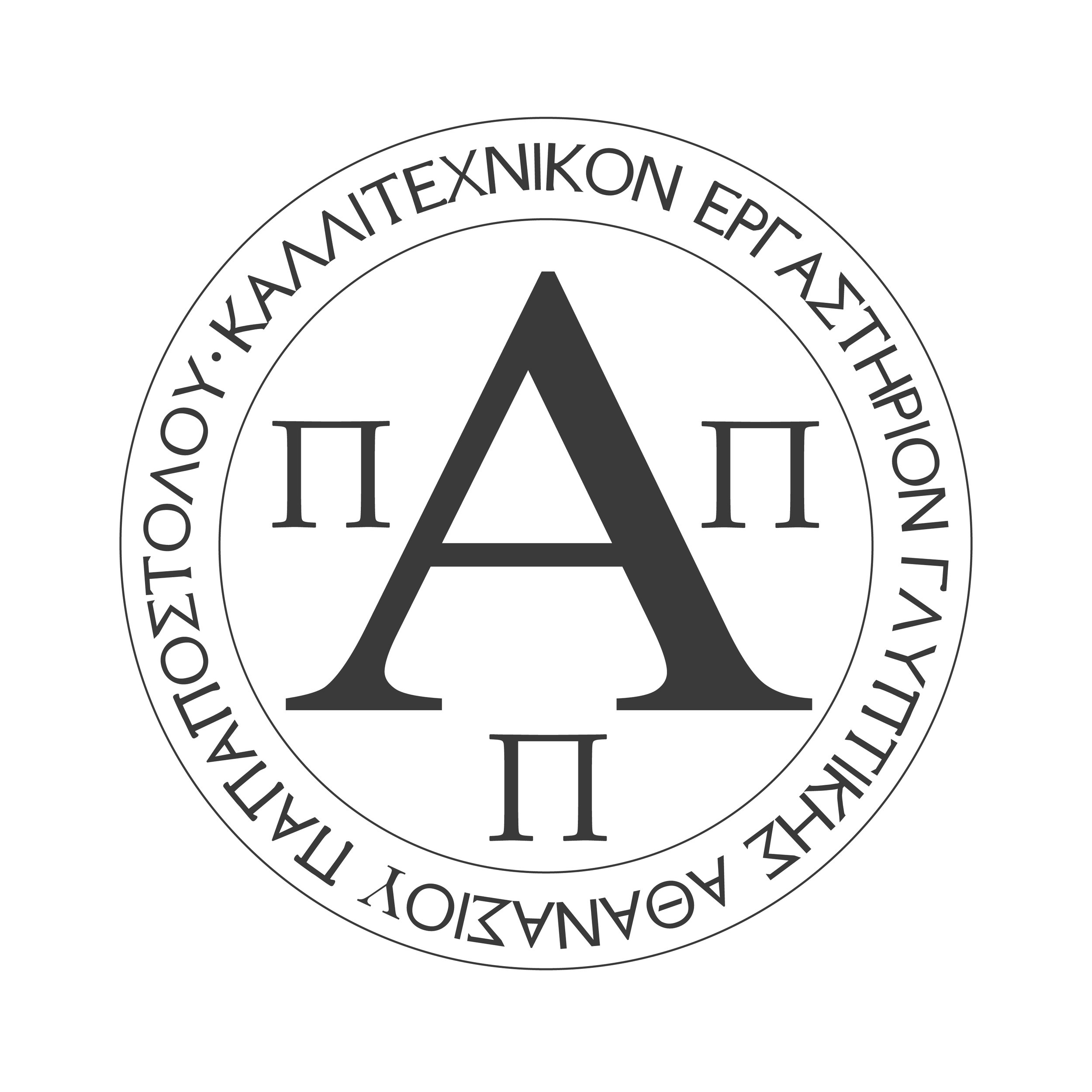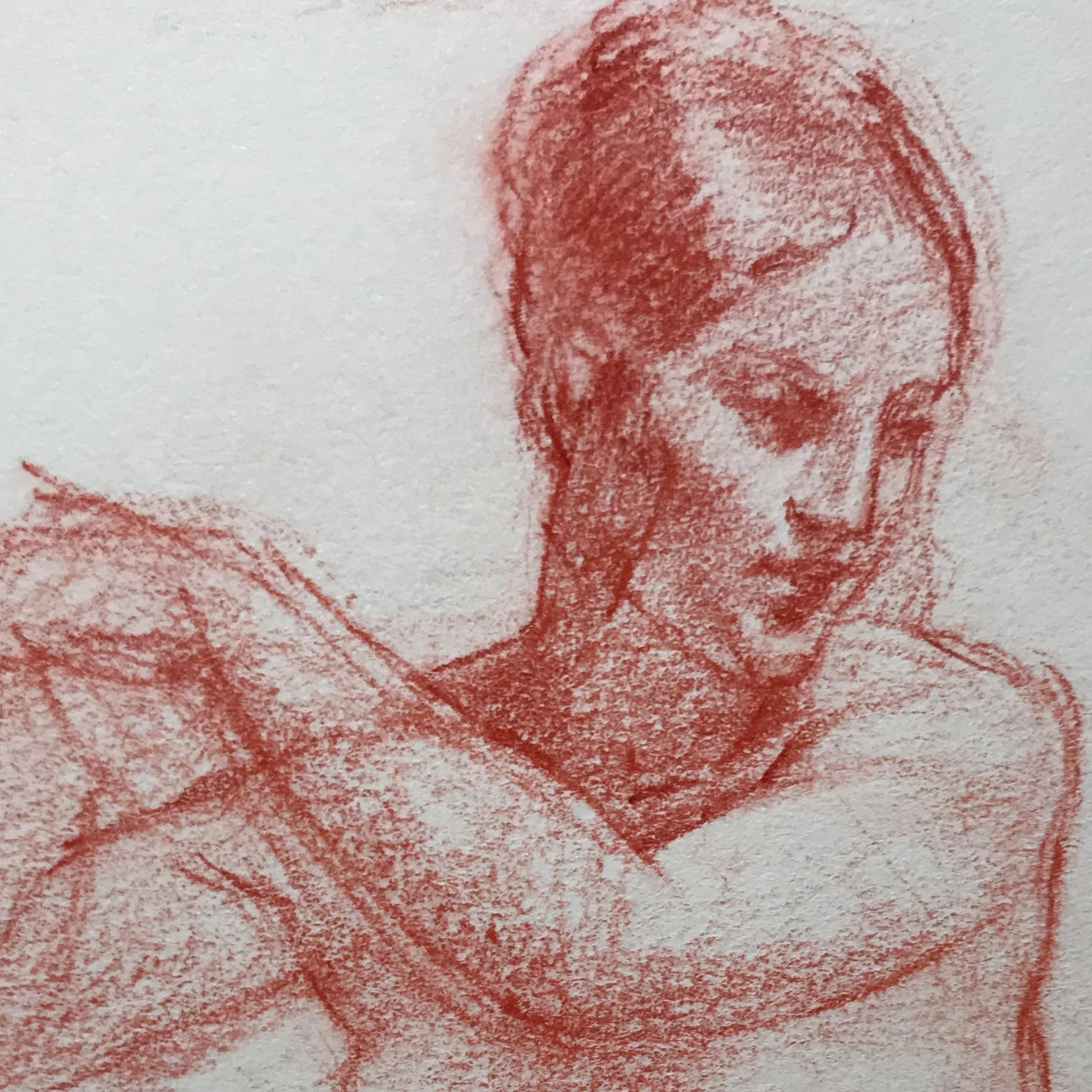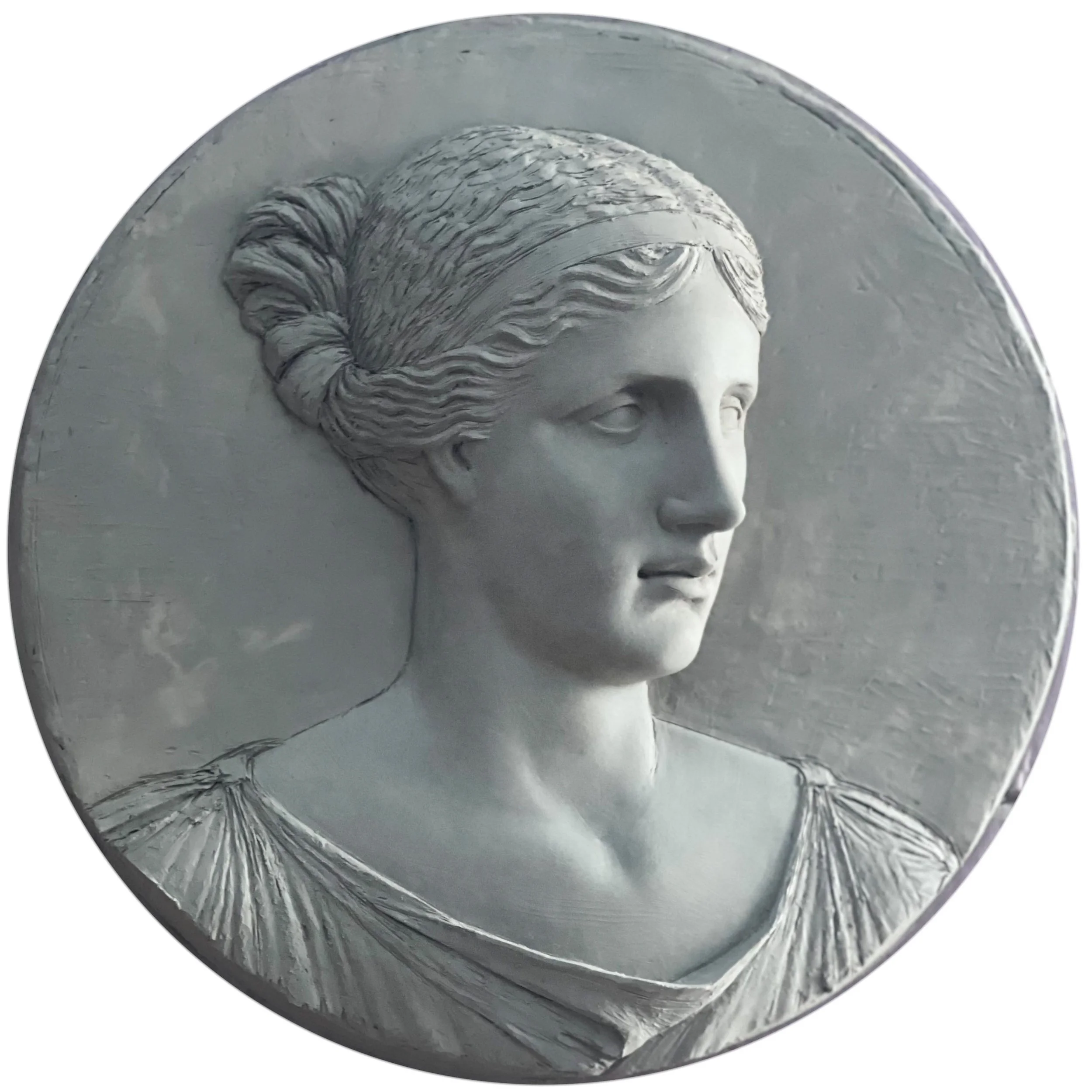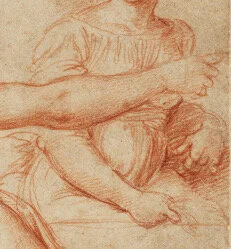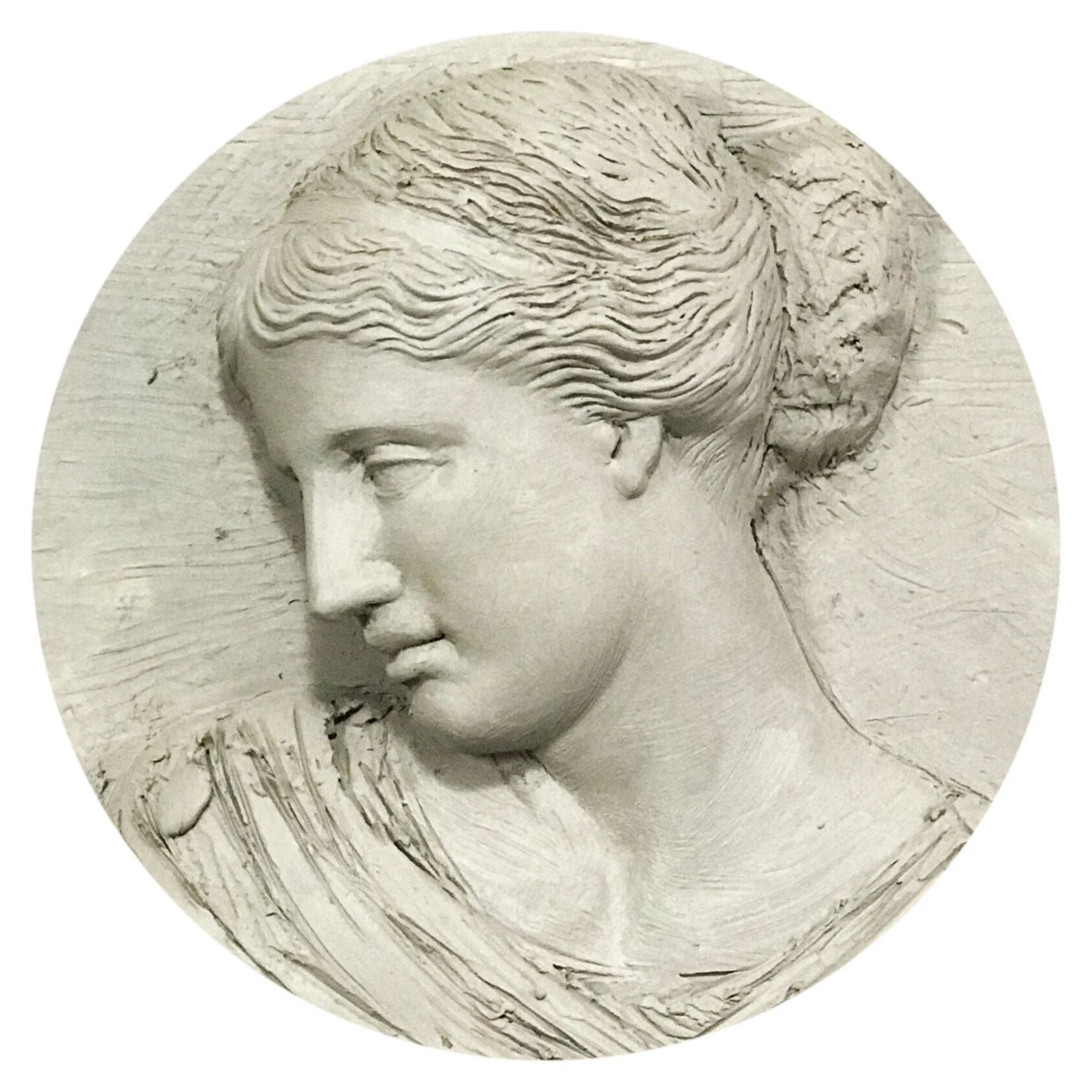
Neoclassical Inspiration: Drawing with Jacques L. David (1748-1825)
Deriving inspiration from the recent exhibition at the Metropolitan Museum in New York, Jacques Louis David: Radical Draughtsman, I am offering a unique opportunity to learn from the neoclassical drawing methods used by Jacques Louis David.
How can artists get the most from the drawings and paintings of the neoclassical masters? We all take inspiration from these beautiful, highly skilled works, but how can we use them to improve our own artistic practice? This 4 week course shows you how to use the works of David as a base to improve your own drawings, concentrating on elements of style, form, anatomical detail, drapery, materials, shading and composition. Through exercises and demos, you will learn to understand the techniques of this French Master and how to translate these skills into your own works. Our aim is not simply to copy these drawings, but to understand more deeply the anatomical structures of the body, the composition of the work, and the language of drawing in order to develop your own style.
